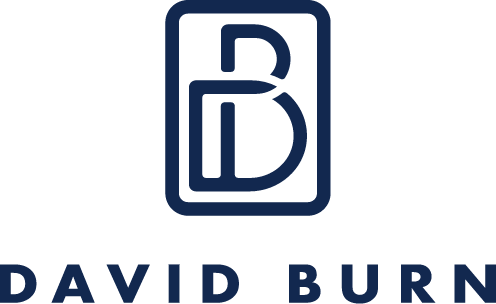People are being asked to do more with less. In the ad agency business, this has been going on since the first days of Digital Disruption. Today, with COVID-19 raging across the land and the globe, so-called “thought workers” who can work from home are doing so, but at what cost to themselves and the economy at large?
While it is true that some people excel in a home office and everyone saves on commute time, not all people, nor all teams are meant to work remotely.
According to the Organisation for Economic Co-operation and Development:
In the longer-term, productivity performance could improve to the extent that the crisis catalyses wider and smarter adoption of efficient telework practices, raising worker well-being and efficiency and lowering firms’ costs. This could speed up the transition into a “new normal”, which would have been more gradual in the absence of the crisis, given uncertainties and costs around the necessary organisational and management changes and other hurdles – cultural reluctance or legal constraints.
Emerging evidence provides support for this notion: 61.9% of hiring managers interviewed in a recent US poll stated their intention to rely more on remote work in the future. However, against these positive longer-term productivity effects stand potentially adverse effects arising from increased spatial distance among employees, e.g. impaired communication resulting in lower innovation or the fusing of work and personal, family and social life leading to hidden overtime.
“Hidden overtime” is a nice way of saying that with no division between work and home or work and play, We, the People are fast becoming automatons.
The process was well underway prior to the pandemic. Now, it’s worse and the impacts are rippling through our society. Overworked and underpaid productivity hounds burn out and lose their edge and effectiveness. When this happens, we all lose. Unhappy and unproductive workers are not exactly the best shoppers or most pleasant people. No sustainable work practices, no disposable income, no stoking of the economic engines.
The Eternal Question: Where Do the Best Ideas Come From?
Question: Where do great ideas come from?
Answer: Great ideas come from the minds, hearts, and souls of people who are experts at connecting disparate dots.
To do this deep work and connect disparate dots, people must have the room to relax, and the room to let their minds wander. Ergo, I want to present to you what I consider the ideal office space for a creative worker today:
Creative People Need Some Space to Think, Okay?
In a work environment where Slack, text, email, and project management software are always on and always dinging for attention RIGHT NOW, the team’s performance is bound to suffer.
Ad agencies can become pressure cookers where people have too many meetings and too many tasks on their plate. When this happens, people are not their best selves, which means their best ideas are not being sought, nor found.
People must be free to think, free to speak truth to power, free to go for long walks, and free to dream. When anyone or anything impinges on this creative freedom, trouble ensues.
Stress kills people and ideas. Ergo, the conditions that create stress must be managed successfully. You do this by becoming more accountable to yourself, to your team, and to your customers. When those are your north stars, you’re in alignment and when you’re in alignment you can do the “heavy lifting” required to achieve great things.

